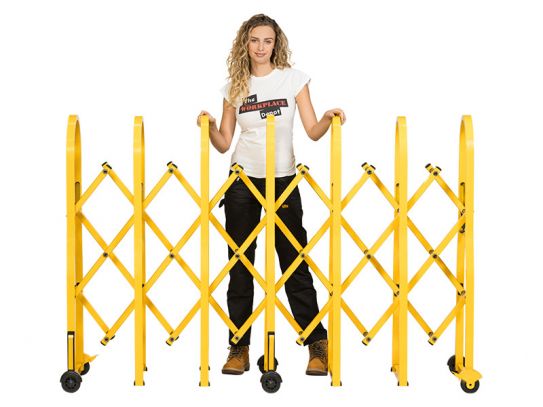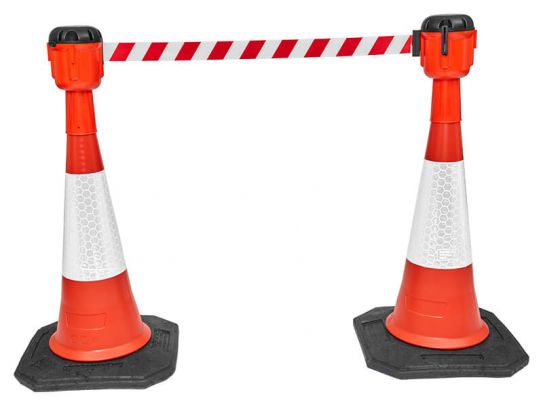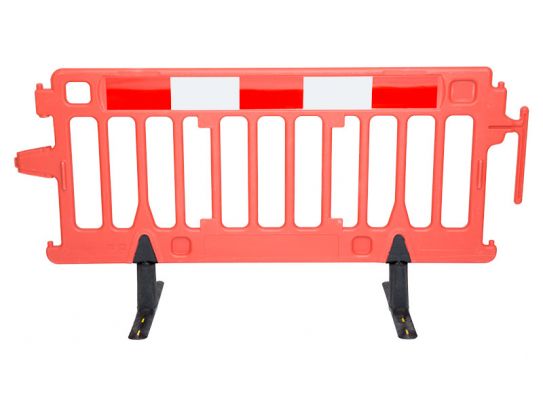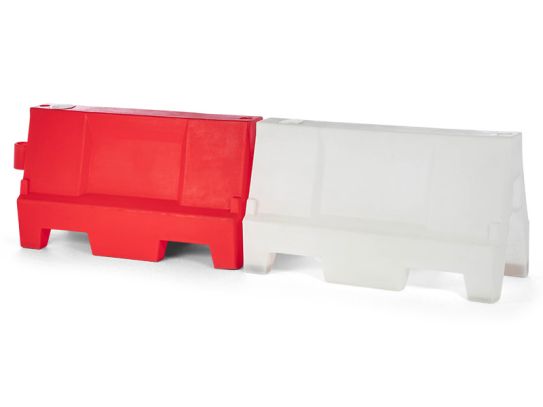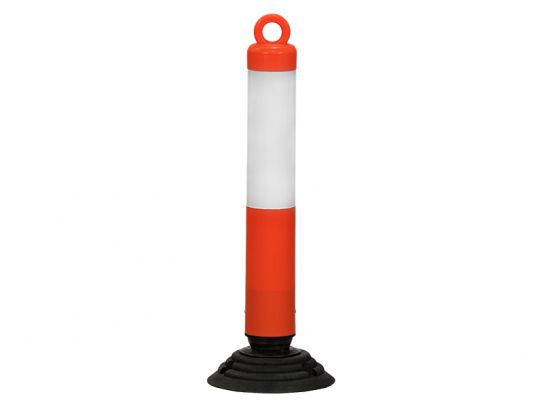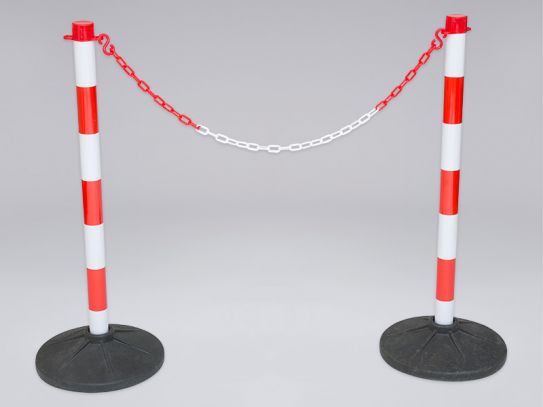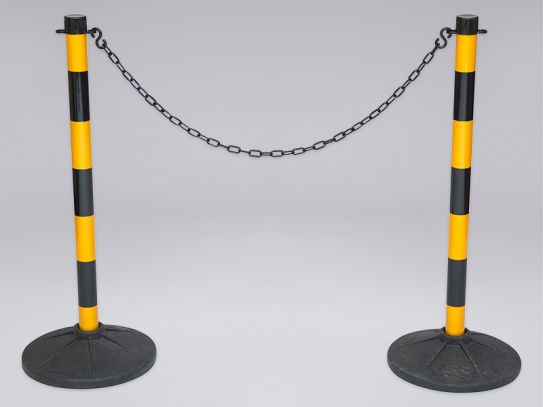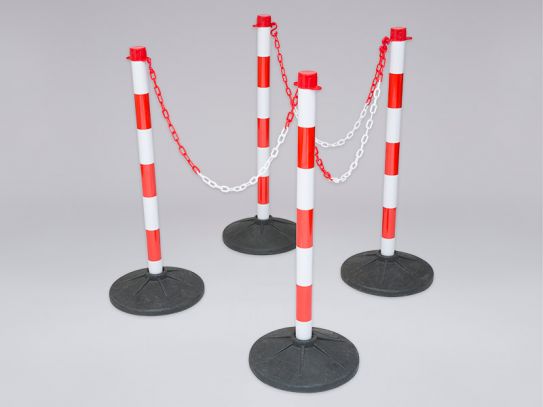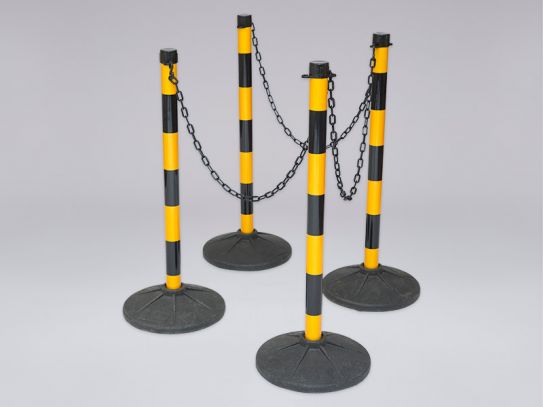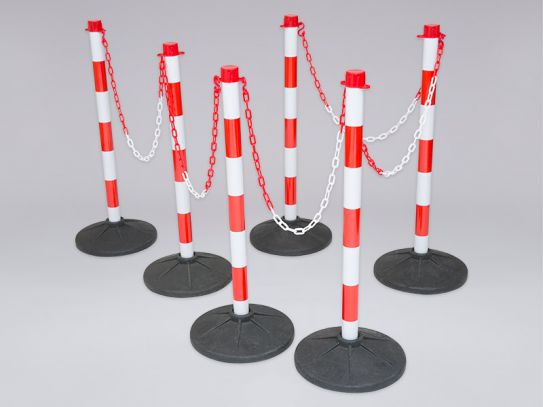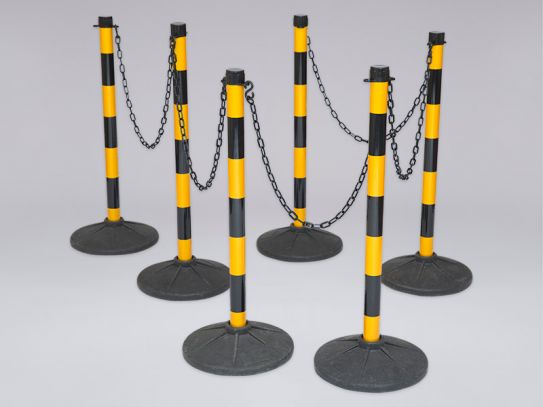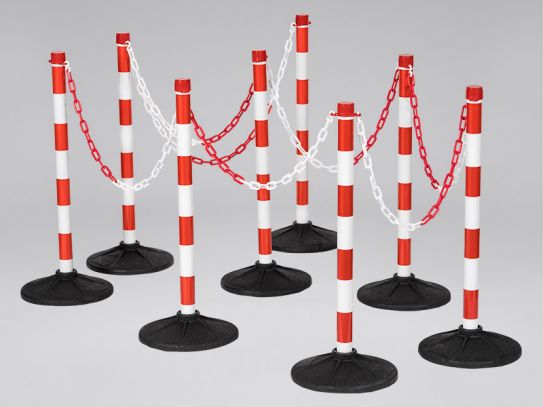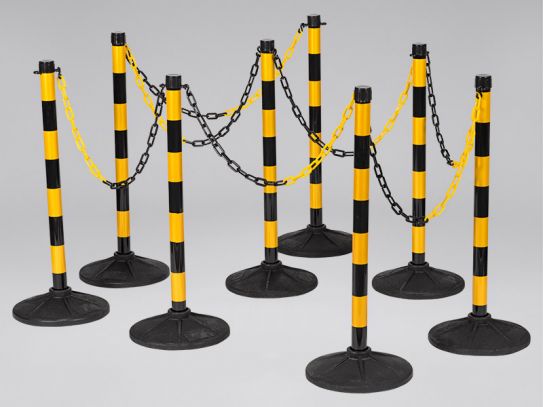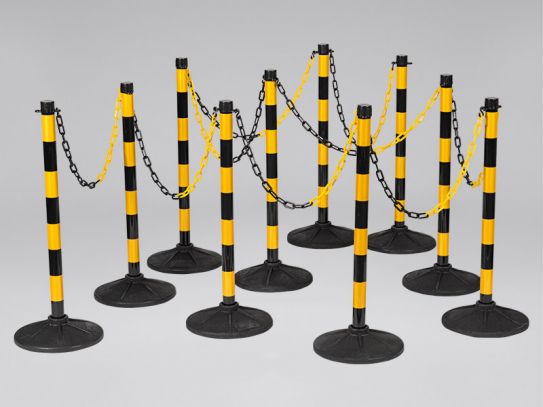Traffic & Construction Barriers
Building a Brighter Tomorrow with Traffic & Construction Barriers
Are you tired of worrying about the safety of your workers and pedestrians on the job site? Do you want to protect your construction project from accidents and delays? Look no further than our construction and safety barriers!
Our barriers are designed to block off hazardous areas and prevent individuals from coming into contact with falling debris, hazardous materials, and other potential dangers. They are easy to transport, quick to set up, and durable enough to withstand even the toughest conditions.
With our construction and safety barriers, you can keep your workers safe, protect your project from delays and damage, and maintain a secure and controlled work environment. Plus, our barriers are backed by industry-leading standards and regulations, so you can trust that you're getting the best protection available.
What Are Traffic & Construction Barriers?
Our traffic and construction barriers are physical barriers used to redirect traffic and block access to construction sites. These barriers are typically made of materials like plastic, metal, or concrete and are used to protect both workers and the general public from potential hazards at the construction site. They are often used in conjunction with signs and other warning devices to alert people to the presence of the construction and to instruct them on how to safely navigate around the area.
What are the benefits of Traffic & Construction Barriers
The main benefit of traffic and construction barriers is that they provide a physical barrier to prevent people from entering a construction site, protecting both workers and the general public from potential hazards. This can include everything from heavy machinery and falling debris to excavations and other unsafe conditions. By providing a clear boundary around the construction site, barriers help to ensure that only authorised personnel can enter the area, reducing the risk of accidents and injuries.
What Are Some Common Uses for These Barriers?
Traffic and construction barriers can be used in a variety of settings, including on roadways, sidewalks, and other public spaces. They are commonly used around construction sites to block access to the area and redirect traffic, but they can also be used in other settings to control the flow of pedestrians and vehicles. For example, they may be used to create temporary lanes or paths, to block off areas for special events or emergencies, or to provide additional safety measures in high-traffic areas. In general, traffic and construction barriers can be used wherever there is a need to control the movement of people and vehicles in a specific area.
What Are the Different Types of Traffic & Construction Barriers?
There are many different types of construction and safety barriers, including:
- Guardrails: These are barriers that are used to prevent individuals from falling off of a raised platform or into a hazardous area. They are typically made of metal and consist of a top rail, intermediate rail, and toe board.
- Fencing: Fencing is a common type of construction and safety barrier that is used to enclose a construction site or hazardous area. It can be made from a variety of materials, including wood, metal, and plastic, and is often used in conjunction with other types of barriers to provide added security.
- Water-filled barriers: These are barriers that are filled with water to provide added stability and weight. They are often used in construction zones to redirect traffic and protect workers.
- Barricades: Barricades are portable barriers that are used to block off or restrict access to an area. They can be made from a variety of materials, including metal, plastic, and wood, and are often used in conjunction with other types of barriers to provide added security.
What Safety Considerations Should Be Taken into Account When Using Traffic & Construction Barriers?
While traffic and construction barriers are designed to improve safety, there are some potential safety issues that can arise if they are not used properly. For example, if a barrier is not installed correctly or is not securely anchored to the ground, it may be knocked over or moved by a passing vehicle, potentially causing accidents or injuries. Additionally, if a barrier is placed in an area where it is not clearly visible, it may be overlooked by drivers or pedestrians, leading to collisions or other unsafe situations. To avoid these problems, it is important to properly install and maintain traffic and construction barriers, and to use them in conjunction with other safety measures such as signs and warning lights.
How Do You Maintain These Barriers?
The maintenance of construction and safety barriers depends on the type of barrier and its condition. In general, it is important to regularly inspect the barriers to ensure that they are in good condition and functioning properly. Any damaged or malfunctioning barriers should be repaired or replaced as soon as possible.
- To maintain guardrails, it is important to ensure that the top rail, intermediate rail, and toe board are securely attached and in good condition. Any loose or damaged components should be repaired or replaced. It is also important to check the railings for signs of rust or corrosion and to treat them as necessary to prevent further damage.
- For fencing, it is important to regularly inspect the fence to ensure that it is secure and in good condition. Any damaged or loose sections of the fence should be repaired or replaced. The fence should also be checked for signs of rust or corrosion and treated as necessary to prevent further damage.
- Water-filled barriers should be regularly checked to ensure that they are properly filled and that the water is clean and free of debris. Any leaks or damage to the barriers should be repaired as soon as possible to prevent the water from spilling out.
- Barricades should be regularly inspected to ensure that they are in good condition and functioning properly. Any damaged or malfunctioning barricades should be repaired or replaced as necessary. It is also important to check the barricades for signs of rust or corrosion and to treat them as necessary to prevent further damage.
Are These Barriers Easy to Transport?
Most types of construction and safety barriers are designed to be portable and easy to transport. Guardrails, fencing, and barricades are typically lightweight and can be easily moved by a single person. Concrete barriers and water-filled barriers are much heavier and typically require specialised equipment, such as a forklift or crane, to transport them. However, even these barriers are typically designed to be easily transported from one location to another.
Are There Any UK or European Industry Standards or Regulations That Apply to Traffic & Construction Barriers?
Yes, there are industry standards and regulations that apply to traffic and construction barriers in the UK and Europe. In the UK, the Health and Safety Executive (HSE) has published a number of guidelines and regulations that apply to the use of construction and safety barriers. These regulations cover a range of topics, including the design, installation, and maintenance of barriers, as well as the training and qualifications of workers who use them.
In Europe, the European Committee for Standardization (CEN) has published a number of industry standards for construction and safety barriers. These standards cover a range of topics, including the design, testing, and performance of barriers, as well as the training and qualifications of workers who use them.
It is important for employers and workers in the UK and Europe to be familiar with these regulations and standards and to comply with them in order to ensure the safety of workers and others who may be affected by the use of construction and safety barriers.
